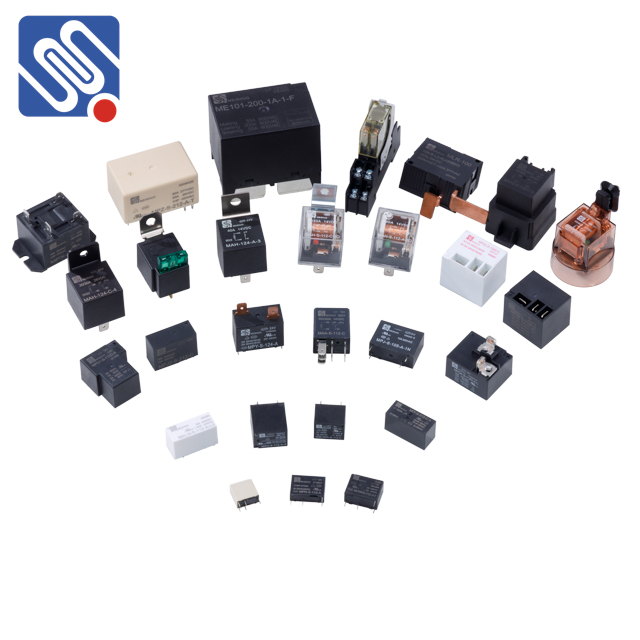Relays are essential components in electrical and electronic systems, acting as switches that enable the control of high-voltage or high-current circuits with a low-voltage control signal. These devices play a crucial role in automation, protection, and switching applications across industries such as manufacturing, automotive, and telecommunications. In this article, we will explore the various types of relays, their working principles, and the typical applications for each.

1. Electromagnetic Relays Electromagnetic relays are the most common and widely used type. They operate on the principle of electromagnetism, where an electromagnet is energized by an electric current to pull or push a switch. The magnetic field generated by the electromagnet moves an armature, which then opens or closes the contact points. These relays typically consist of a coil, an armature, and spring-loaded contacts. Applications: Electromagnetic relays are typically used in industrial control systems, automation, and electrical appliances. They are often found in circuit protection systems, such as overload protection, and for controlling high-power devices with low-power control signals.
Leave a Reply